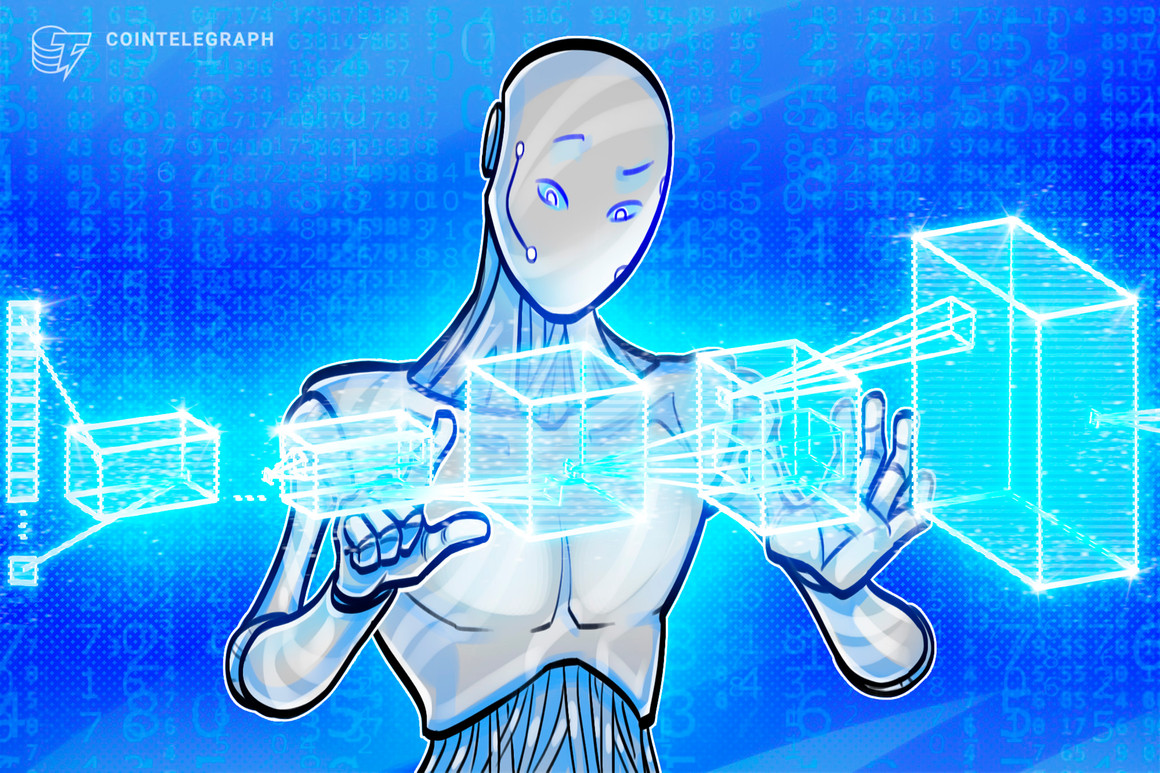On June 19, Ethereum block explorer and analytics platform Etherscan launched a brand new device dubbed “Code Reader” that makes use of synthetic intelligence to retrieve and interpret the supply code of a selected contract tackle. After a consumer inputs a immediate, Code Reader generates a response through OpenAI’s giant language mannequin, offering perception into the contract’s supply code information. The device’s tutorial web page reads:
“To make use of the device, you want a legitimate OpenAI API Key and ample OpenAI utilization limits. This device doesn’t retailer your API keys.”
Code Reader’s use circumstances embrace gaining deeper perception into contracts’ code through AI-generated explanations, acquiring complete lists of sensible contract features associated to Ethereum information, and understanding how the underlying contract interacts with decentralized functions. “As soon as the contract information are retrieved, you possibly can select a selected supply code file to learn by. Moreover, it’s possible you’ll modify the supply code instantly contained in the UI earlier than sharing it with the AI,” the web page says.

Amid an AI increase, some specialists have cautioned on the feasibility of present AI fashions. Based on a latest report published by Singaporean enterprise capital agency Foresight Ventures, “computing energy sources would be the subsequent large battlefield for the approaching decade.” That stated, regardless of rising demand for coaching giant AI fashions in decentralized distributed computing energy networks, researchers say present prototypes face important constraints corresponding to complicated information synchronization, community optimization, information privateness and safety issues.
In a single instance, the Foresight researchers famous that the coaching of a giant mannequin with 175 billion parameters with single-precision floating-point illustration would require round 700 gigabytes. Nonetheless, distributed coaching requires these parameters to be continuously transmitted and up to date between computing nodes. Within the case of 100 computing nodes and every node needing to replace all parameters at every unit step, the mannequin would require transmitting 70 terabytes of knowledge per second, far exceeding the capability of most networks. The researchers summarized:
“In most situations, small AI fashions are nonetheless a extra possible alternative, and shouldn’t be missed too early within the tide of FOMO [fear of missing out] on giant fashions.”

